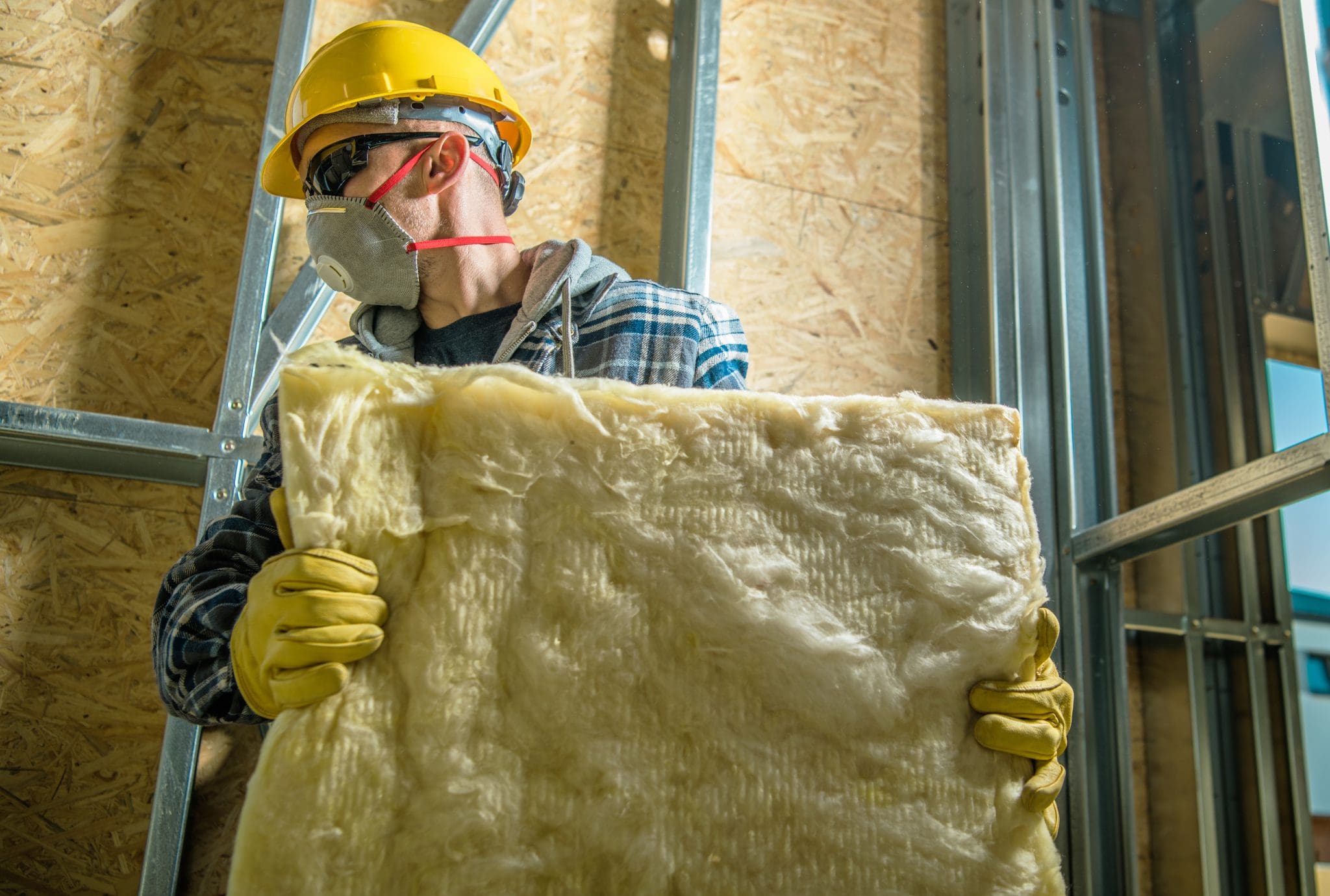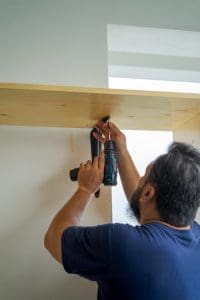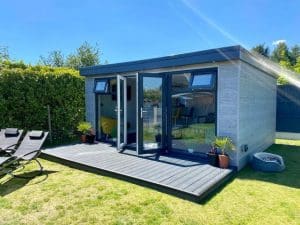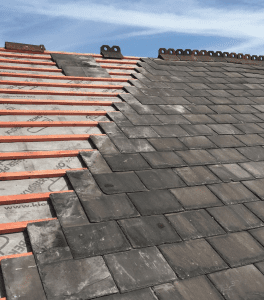Plastering is a highly effective method for both soundproofing and insulation in homes and buildings. It plays a key role in improving the overall comfort of your living space by controlling temperature and reducing noise. Plaster can be applied to walls, ceilings, and even floors to help regulate indoor conditions and create a more peaceful environment. By using plaster in conjunction with other materials, such as plasterboard, you can achieve enhanced soundproofing and insulation, making your home both quieter and more energy-efficient.
This article will delve into how plastering can benefit your home by reducing noise and improving thermal insulation, ultimately leading to long-term energy savings and improved living conditions.
Soundproofing and Insulation: Why Plastering Matters
Soundproofing and insulation are essential aspects of a comfortable home, and plastering offers a simple yet effective way to achieve both. When done correctly, it helps block unwanted noise from external sources, such as traffic and neighbours, while also trapping heat inside, ensuring that your home remains at a comfortable temperature year-round.
By using plaster in combination with sound-absorbing materials like plasterboard, the overall acoustic performance of your home improves significantly. This results in less noise pollution from outside sources, making your home a peaceful sanctuary. Additionally, soundproofing with plaster ensures that your conversations, music, and other activities within the home stay private, preventing sound from escaping to neighbouring properties.
Moreover, plaster provides a barrier against heat loss, helping to maintain a consistent indoor temperature regardless of external weather conditions. As a result, you will not only enjoy a quieter home but also lower energy bills due to reduced reliance on heating and cooling systems.
How Plastering Contributes to Soundproofing
Plastering is an effective soundproofing method that can enhance the acoustic qualities of your home. Sound travels in waves, and by applying dense plaster to walls, ceilings, and floors, these waves are absorbed, minimising noise transmission. By understanding the basics of soundproofing and insulation, you can make informed choices when designing your home’s interior.
Soundproofing works by either blocking or absorbing sound waves. The effectiveness of plaster as a soundproofing material depends on its density and ability to create airtight seals. The more dense and air-trapping a material is, the better it performs as a soundproof barrier.
Key Concepts in Soundproofing:
- Density: Heavier materials, like thick plaster, are more effective at blocking sound than lighter ones.
- Air Gaps: Sound can travel through air, so it is important to seal gaps to prevent noise from passing through.
- Vibration Absorption: Some materials convert sound energy into heat, reducing the overall energy of the sound waves.
By incorporating plaster with other soundproofing measures, such as acoustic plasterboard, you can maximise the noise reduction within your home.
Understanding Airborne and Impact Noise
To effectively soundproof your home, it’s essential to understand the different types of noise and how they interact with your living space.
- Airborne Noise: This is sound that travels through the air, such as talking, music, or the sound of traffic. Plastering your walls with high-density materials can greatly reduce airborne noise, making your home quieter and more private.
- Impact Noise: This type of noise is created when one object hits another, like footsteps on the floor above or a door slamming. To minimise impact noise, additional materials such as resilient bars or isolation clips can be installed before plastering, reducing the transmission of sound through structural vibrations.
The Role of High-Density Plasterboard in Soundproofing
High-density plasterboard is a key material in soundproofing, as its heavy core effectively blocks sound transmission. When used alongside plaster, high-density plasterboard creates a thicker barrier, preventing noise from penetrating walls and ceilings. The result is a quieter living environment, where conversations, music, and other sounds are confined to individual rooms.
Benefits of High-Density Plasterboard:
- Sound Reduction: High-density plasterboard reduces the power of sound waves, keeping noise out and maintaining privacy.
- Thermal Insulation: In addition to soundproofing, high-density plasterboard also offers insulation, helping to retain heat during colder months.
- Versatility: High-density plasterboard can be used in both new builds and renovations, making it a flexible solution for all types of homes.
Acoustic Plasterboard: Enhancing Your Home’s Quiet
Acoustic plasterboard is specially designed to improve the soundproofing capabilities of your walls and ceilings. This material features a high-density core, often with an additional sound-absorbing layer, making it even more effective at deadening sound. When used in combination with plaster, acoustic plasterboard creates an impenetrable barrier to sound, helping to keep your home quieter.
Advantages of Acoustic Plasterboard:
- Improved Acoustic Performance: By absorbing and blocking sound waves, acoustic plasterboard enhances sound quality within your home, making it a more peaceful space.
- Flexible Installation: Acoustic plasterboard can be combined with other insulation materials to improve soundproofing further.
- Health Benefits: A quieter home contributes to reduced stress and improved sleep quality, benefiting your overall well-being.
Insulating with Plaster: How It Improves Energy Efficiency
Plastering is not just about soundproofing—it also plays a significant role in insulating your home. By applying plaster to walls, ceilings, and floors, you add an extra layer of insulation, which helps to regulate indoor temperatures. Plaster helps to keep heat inside during the winter and prevents overheating during the summer, reducing the need for additional heating or cooling systems.
The thermal performance of plastered walls means you can enjoy a consistently comfortable indoor temperature while also saving on energy bills.
Maximising Soundproofing with Additional Materials
To further enhance soundproofing, consider incorporating additional materials such as mineral wool or mass-loaded vinyl (MLV) during the plastering process.
- Mineral Wool: This dense, fibrous material is highly effective at absorbing sound vibrations. By installing mineral wool in the wall cavities before plastering, you can significantly reduce noise transmission.
- Mass-Loaded Vinyl (MLV): MLV is a flexible, high-mass material that adds extra density to walls and ceilings, further preventing sound from passing through. MLV can be installed before plastering to provide an additional layer of soundproofing.
Installation Techniques for Effective Soundproofing and Insulation
Proper installation of plaster and associated materials is crucial for effective soundproofing and insulation. Ensure that all air gaps are sealed, as even small cracks can allow sound to pass through. Use acoustic sealants around the edges where plaster meets framing, and consider using sound isolation clips or resilient bars to reduce the transmission of sound through structural elements.
Building Regulations and Compliance
When plastering for soundproofing and insulation, it’s important to ensure that your work complies with building regulations. In the UK, this involves adhering to Document E of the Building Regulations, which outlines the standards for sound insulation in residential and commercial buildings. By using products that meet these standards, such as acoustic plasterboard and high-density materials, you can be confident that your home will meet the necessary soundproofing requirements.
Choosing the Right Products
When it comes to selecting plaster and insulation materials, it’s essential to choose products from trusted manufacturers to ensure the best results. 3D Construction can provide high-quality plastering services and use only reliable materials designed to meet or exceed industry standards. From soundproofing to thermal insulation, our plastering services are tailored to meet your home’s unique needs.
If you’re looking to improve the soundproofing or insulation in your home, get in touch with 3D Construction today. We specialise in delivering superior plastering solutions that enhance both comfort and energy efficiency.




